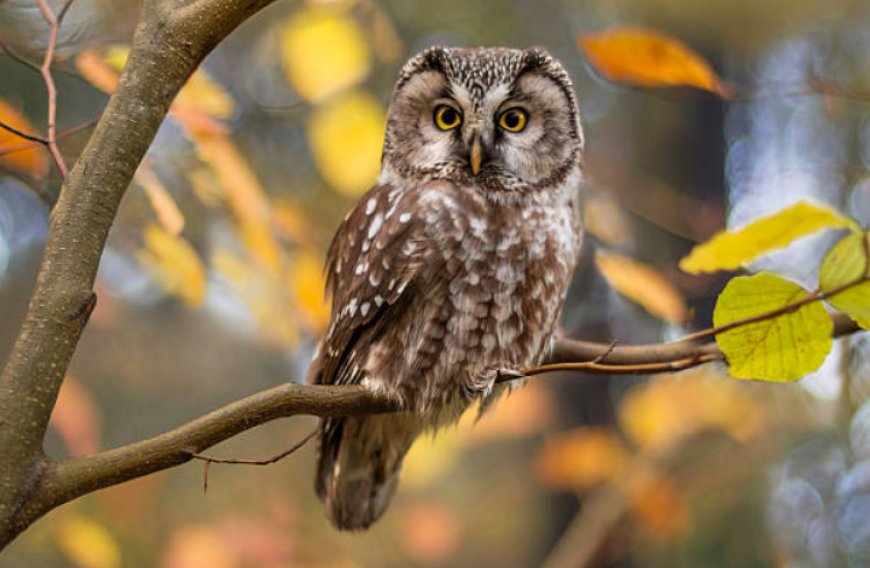Which bird cannot see during the day?
Owls: Nocturnal birds with incredible vision and senses

What bird is unable to see during the day?
The only bird that cannot see during the day is the owl. Since they are nocturnal, they are only active at night. Owls can see quite well in low light, but they struggle to see clearly in bright light. They have more rods than cones in their eyes, which explains this. Cones are in charge of color perception and vision in bright light, whereas rods are in charge of vision in low light.

On the front of their heads, owls' big eyes are situated. They benefit from having a broad range of vision because it helps them hunt in dim light. Additionally, owls have an excellent sense of hearing, which enables them to find prey even when they are unable to see it.
Owls typically roost throughout the day in trees or other dim areas. To search for prey like rats, rabbits, and other small animals, they come out at night. In the ecology, owls play a crucial role as predators by assisting in the management of rodent and other pest populations.
Why are owls unable to see during the day?
Owls have eyes that are adapted to see in dim light. Their retinas include a lot of rods, which are better at detecting light in low light. Owls' retinas, which are in charge of color vision and bright light perception, have fewer cones than other animal species. As a result, owls may become dazzled by the sun and are unable to see well in strong light.
How do owls endure during the daylight hours?
Owls find dark locations to roost during the day so they can live. They might spend the night in woods, caverns, or other dim locations away from direct sunlight. Owls are excellent at blending in with their surroundings thanks to their colorful plumage.
Interesting owl-related information
The only birds with ear canals on the front of their heads are owls. They can use this to hear their prey and find it.
* Owls have a keen hearing ability. Even in total darkness, they can detect the movement of prey.
The nictitating membrane is the name of the third eyelid that owls have. To shield the eye from dust and debris, this membrane can be drawn shut.
* Owls have a 270-degree range of motion for their heads. They have a broad field of vision as a result, which is advantageous for hunting.
* Hawks and eagles, among other birds, prey on owls. But owls can effectively defend themselves because of their sharp talons and beaks.
Owls are amazing animals that have a significant ecological impact. They are also incredibly lovely birds, and because of their unusual look, they are frequently depicted in literature and art.





















































